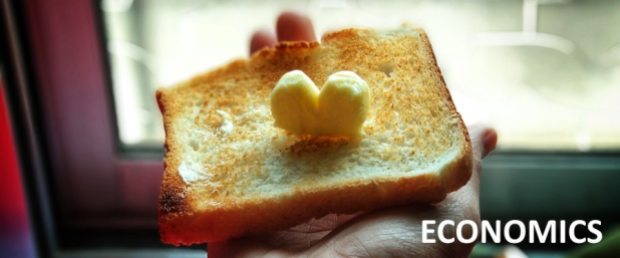
In this whole green wave there’s lots of hype and one of the dangers that corporates put themselves is being cast as greenwashers. The challenge is that some corporates might just be doing it unintentionally, without having realised the hypocrisy surrounding their brandishing of green credentials because they did not realise how much harm their business activities have been bringing to the environment.
The initial audit of the business is important from the ESG perspective but it doesn’t stop at just reporting because if the initial audit is all it takes to establish green claims and then allow businesses to carry on, it would have been a waste of opportunity. Corporate leaders need to recognise that subjecting themselves to these audits and scrutiny should not earn them any kudos. So they should not be patting themselves on the back if those reporting metric turns out stellar. Rather, they should be thinking about what approach they have taken to their businesses that enabled that.
And then they should be considering if there are blindspots or areas of their businesses where the right philosophy hasn’t been applied. The hypocrisy can often stem from the fact that executives are too busy gaming the reporting metrics as opposed to genuinely thinking through business processes and activities. That can still be unintentional but they can start making sure that their activities to gear the company towards green can be more intentional.









